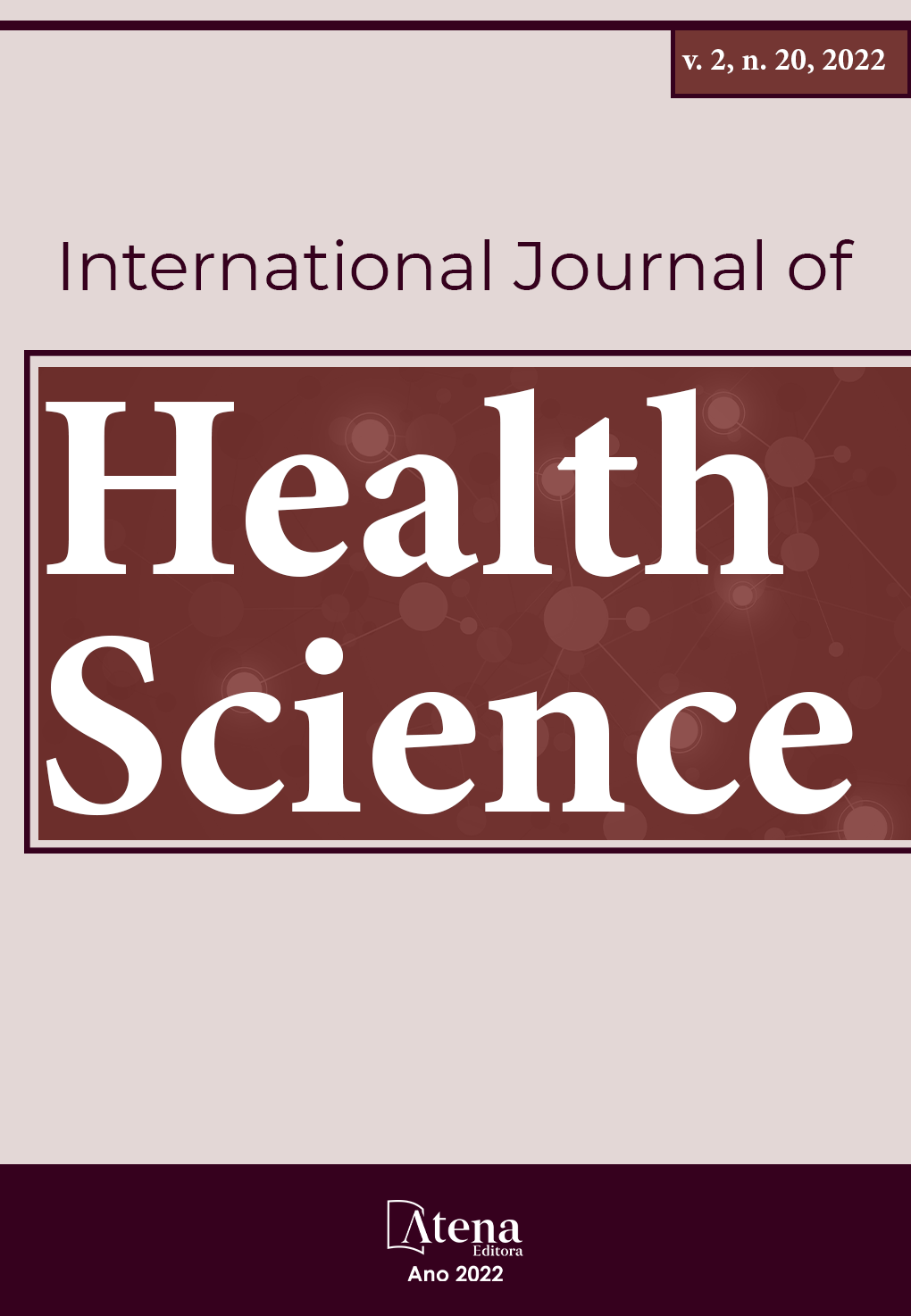
DEHYDRATED INFANT FORMULAS - A SAFE WAY TO FEED? SCOPING REVIEW
Goal: To map the evidence/literature regarding the presence of microorganisms with pathogenic potential in cow's milk-based dehydrated infant formulas. Methodology: A Scoping Review was carried out to answer the question - “Can the correct preparation, handling and administration of dehydrated infant formulas contribute to reducing the risk of disease associated with these by contamination?” The research process took place in March and May 2021, using the b-On and EBSCO databases, having been used as Descriptors in Health Sciences [DeCS], 2019 edition, “infant formula”, “ cronobacter sakasakii” and “breast milk substitutes”. As inclusion criteria we defined: articles from nursing disciplines, articles from auxiliary medicine, nutrition, dietetics, health and medicine. Articles with full text available, regardless of language, peer-reviewed, published from January 2016 to May 2021 and addressing the presence of Enterobacter Sakasakii. After the analysis process, 4 articles were selected. Results: From the analysis of the selected studies, we found that the presence of microorganisms of various types is a reality in FDL, and these products are not sterile. We also found that these microorganisms can be associated with different types of diseases, so the correct preparation, handling and administration is essential to reduce this type of occurrence.
Conclusion: The application of correct measures and procedures to be adopted in the preparation, handling and administration of this type of food are recognized as determining factors in reducing the incidence of pathological situations associated with FDL. Thus, it is imperative that health professionals have this knowledge, in order to train and guide providers of care for infants fed with FDL, for correct preparation, handling and administration. This guidance must be given from the time an FDL is first administered.
Research and health education in the area of food and nutrition is therefore essential. This effort must be essential to promote specific training on infant feeding using FDL, thus increasing the safety of this form of feeding.
It is expected that knowledge and the adoption of health education practice will contribute to health gains, reducing the incidence of pathological situations associated with FDL and, consequently, the health costs inherent to these situations.
DEHYDRATED INFANT FORMULAS - A SAFE WAY TO FEED? SCOPING REVIEW
-
DOI: 10.22533/at.ed.1592202218041
-
Palavras-chave: Infant formula, Cronobacter sakasakii Breast milk substitute.
-
Keywords: Infant formula, Cronobacter sakasakii Breast milk substitute.
-
Abstract:
Goal: To map the evidence/literature regarding the presence of microorganisms with pathogenic potential in cow's milk-based dehydrated infant formulas. Methodology: A Scoping Review was carried out to answer the question - “Can the correct preparation, handling and administration of dehydrated infant formulas contribute to reducing the risk of disease associated with these by contamination?” The research process took place in March and May 2021, using the b-On and EBSCO databases, having been used as Descriptors in Health Sciences [DeCS], 2019 edition, “infant formula”, “ cronobacter sakasakii” and “breast milk substitutes”. As inclusion criteria we defined: articles from nursing disciplines, articles from auxiliary medicine, nutrition, dietetics, health and medicine. Articles with full text available, regardless of language, peer-reviewed, published from January 2016 to May 2021 and addressing the presence of Enterobacter Sakasakii. After the analysis process, 4 articles were selected. Results: From the analysis of the selected studies, we found that the presence of microorganisms of various types is a reality in FDL, and these products are not sterile. We also found that these microorganisms can be associated with different types of diseases, so the correct preparation, handling and administration is essential to reduce this type of occurrence.
Conclusion: The application of correct measures and procedures to be adopted in the preparation, handling and administration of this type of food are recognized as determining factors in reducing the incidence of pathological situations associated with FDL. Thus, it is imperative that health professionals have this knowledge, in order to train and guide providers of care for infants fed with FDL, for correct preparation, handling and administration. This guidance must be given from the time an FDL is first administered.
Research and health education in the area of food and nutrition is therefore essential. This effort must be essential to promote specific training on infant feeding using FDL, thus increasing the safety of this form of feeding.
It is expected that knowledge and the adoption of health education practice will contribute to health gains, reducing the incidence of pathological situations associated with FDL and, consequently, the health costs inherent to these situations.
-
Número de páginas: 12
- Sandra Dias
- Maria Antonia Fernandes Caeiro Chora


